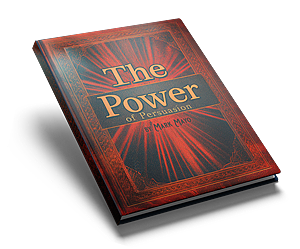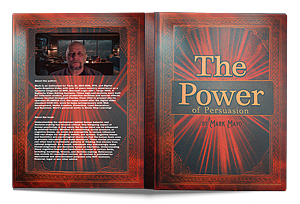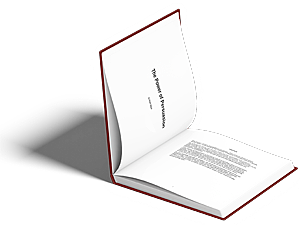ChatGPT is a powerful AI language model developed by OpenAI, based on the GPT-4 architecture. It can help you write content more efficiently and effectively. In this comprehensive article, we will guide you through the process of getting started with ChatGPT to write content, including setting up an account, using the API, and best practices for generating high-quality content.
Table of Contents
Introduction to ChatGPT
ChatGPT is an AI language model designed for various applications, such as content creation, summarizing long text, answering questions, and more1. It is built on the GPT-4 architecture, which enables it to generate human-like text based on the input provided2. By leveraging ChatGPT, you can save time and effort in content creation.
Key Features of ChatGPT
- Generates human-like text
- Can be fine-tuned for specific tasks
- Easy to integrate with other tools and platforms
Creating an OpenAI Account
To access and use ChatGPT, you need to create an OpenAI account. Follow these steps:
- Visit the OpenAI registration page
- Fill out the required information
- Complete the registration process
- Verify your email address
Accessing the ChatGPT API
After creating an OpenAI account, you can access the ChatGPT API for various tasks. To start, follow these steps:
- Log in to your OpenAI account
- Navigate to the API keys page
- Create a new API key
- Refer to the OpenAI API documentation for details on how to interact with the ChatGPT API using various programming languages
API Rate Limits
- Free trial users: 20 requests per minute (RPM) and 40000 tokens per minute (TPM)
- Pay-as-you-go users (first 48 hours): 60 RPM and 60000 TPM
- Pay-as-you-go users (after 48 hours): 3500 RPM and 90000 TPM3
Getting Started with ChatGPT Playground
For users who want to interact with ChatGPT without using the API, OpenAI provides the ChatGPT Playground[^4^]. It is a user-friendly interface that enables you to test and experiment with ChatGPT.
- Log in to your OpenAI account
- Navigate to the ChatGPT Playground
- Enter your prompts and customize the settings
- Click “Generate” to receive AI-generated content
- Experiment with different prompts and settings to achieve desired results
Best Practices for Generating High-Quality Content
To get the most out of ChatGPT, follow these best practices for generating high-quality content:
1. Make Your Prompts Clear and Specific
- Provide context and be explicit with your instructions
- Specify the format or structure you want the output in
2. Experiment with Different Prompt Techniques
-
- Use a step-by-step approach for complex tasks
- Leverage questions, statements, or examples to guide the model
3. Adjust the Model Parameters
- Experiment with
temperatureandmax_tokenssettings - Higher
temperaturevalues (e.g., 0.8) result in more random outputs - Lower
temperaturevalues (e.g., 0.2) yield more focused and deterministic outputs - Limit the response length by setting an appropriate
max_tokensvalue
4. Iterate and Fine-Tune
- Tweak your prompts and settings based on the generated content
- Continuously refine your approach for better results
Final Thoughts
ChatGPT is a powerful AI language model that can help you create content more efficiently. By following the steps outlined in this article, you can quickly set up an OpenAI account, access the ChatGPT API, and generate high-quality content using the ChatGPT Playground. Make sure to experiment with different prompts, techniques, and settings to optimize the AI-generated content for your specific needs.
Remember to refer to the OpenAI documentation and stay up-to-date with the latest features and improvements for ChatGPT. As you continue to use and experiment with this powerful tool, you will unlock new possibilities and enhance your content creation process.











